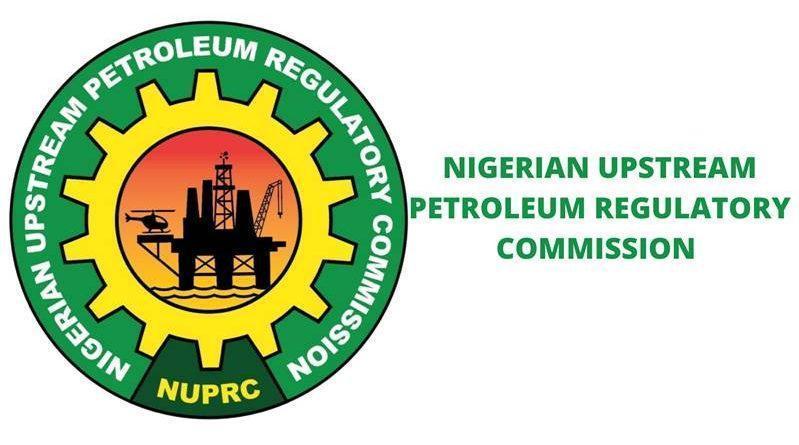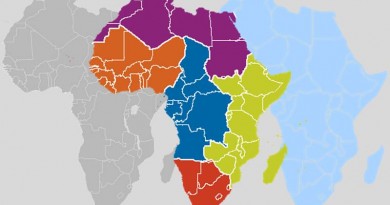Global geophysical company PGS to support Nigeria 2022 Mini Bid Round
The recently announced Nigeria 2022 Mini Bid Round will be supported by PGS, a global geophysical company that collects offshore survey data and employs massive cloud computing to picture the earth. PGS will provide great 3D coverage over the seven blocks up for bid.
After a pre-bid meeting, the Nigerian Upstream Petroleum Regulatory Commission (NUPRC) will ask interested companies to submit pre-qualification applications by January 31, 2023. There are seven blocks up for grabs, all in the northwest Nigerian Offshore. The Nigerian Transform Margin area includes Blocks PPL-300-DO, PPL-301-DO, and PPL-302-DO. Deepwater Niger Delta Basin is where Blocks PPL-303-DO, PPL-304-DO, PPL-305-DO, and PPL-306-DO are located.
To be licensed over the blocks, PGS has put together a data package made up of roughly 10,000 sq. km. of combined 3D seismic data. A single, continuous volume of full-stack seismic data in the time domain is produced by matching, merging, and re-bining a number of input surveys onto a common grid. The license round acreage’s prospectivity may be understood at the regional level thanks to the significant seismic coverage. GeoStreamer PSTM and MegaSurveyPlus PSTM, which contain extra products like angle stacks and gathers, are two license options for enhanced datasets.
Up to 12 km of Late Cretaceous to Quaternary-aged clastics, deposited in an upward coarsening regressive deltaic succession, make up the majority of the Niger Delta Basin. The primary source rocks are paralic shales from the Lower Agbada Formation and marine shales from the Akata Formation. Unconsolidated Agbada Formation sandstones that were deposited as layered turbidite channel and fan complexes are the main component of the basin’s proven reservoirs.
The syn-transform Lower Cretaceous and post-transform Upper Cretaceous are the two major plays that have been demonstrated in the Nigerian Transform Margin area. With potential reservoirs deposited as shallow and marginal marine sandstones in the Lower Cretaceous and deep-marine sandstones in the Upper Cretaceous, Cenomanian-Turonian marine shales represent an oil-prone source rock in the area.
Potential bidders now have access to a clear legal framework from NUPRC and a lot of 3D seismic data from PGS thanks to the Petroleum Industry Act.




